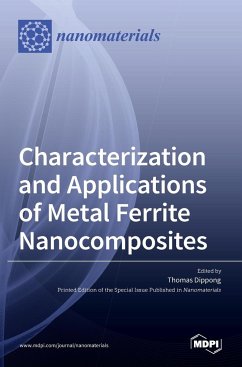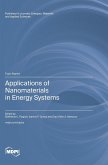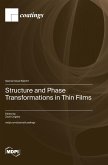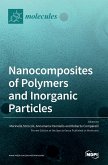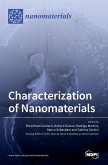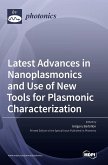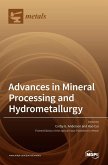This Special Issue focuses on ferrite-based nanomaterial synthesis and characterization including (i) Synthesis, (ii) Advanced chemical and physical characterization of structure and properties, (iii) Magnetic behaviour, (iv) Computational and theoretical studies of reaction mechanisms, kinetics, and thermodynamics, (v) Applications of nanomaterials in environmental, biological, catalytic, medical, cultural heritage, food, geochemical, polymer, and materials science. Additionally, the effect of reaction time, reaction temperature, and oleic acid concentration on the properties of CoFe2O4 nanoparticles was investigated. In this Special Issue, the effect of SiO2 embedding on the production of single-phase ferrites, as well as on the structure, morphology and magnetic properties of (Zn0.6Mn0.4Fe2O4)¿(SiO2)100¿¿ (¿ = 0-100%) NPs, synthesized by the sol-gel method and annealed at different temperatures, is analysed. The obtained results indicated that the preparation route strongly influences the particle sizes and, implicitly, the magnetic behaviour of the NPs. The Zn0.6Mn0.4Fe2O4 embedded in SiO2 exhibits superparamagnetic-like behaviour, whereas the unembedded Zn0.6Mn0.4Fe2O4 behaves similar to a high-quality ferrimagnet. This Special Issue also includes the study on Bi2Cu(C2O4)4·0.25H2O synthesis by thermolysis, followed by its integration within a CuBi/carbon nanofiber (CNF) paste electrode and its application in electrochemical detection of amoxicillin (AMX) in aqueous solution. By adding a concentration step in the detection protocol, selective and simultaneous detection of AMX in a multi-component matrix is also possible.

